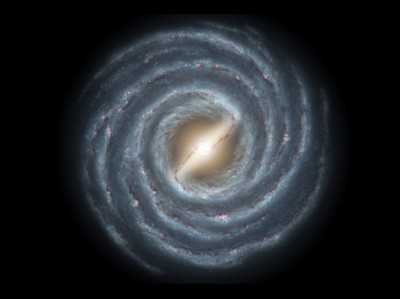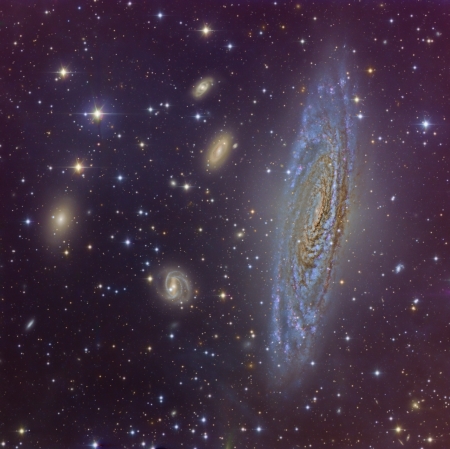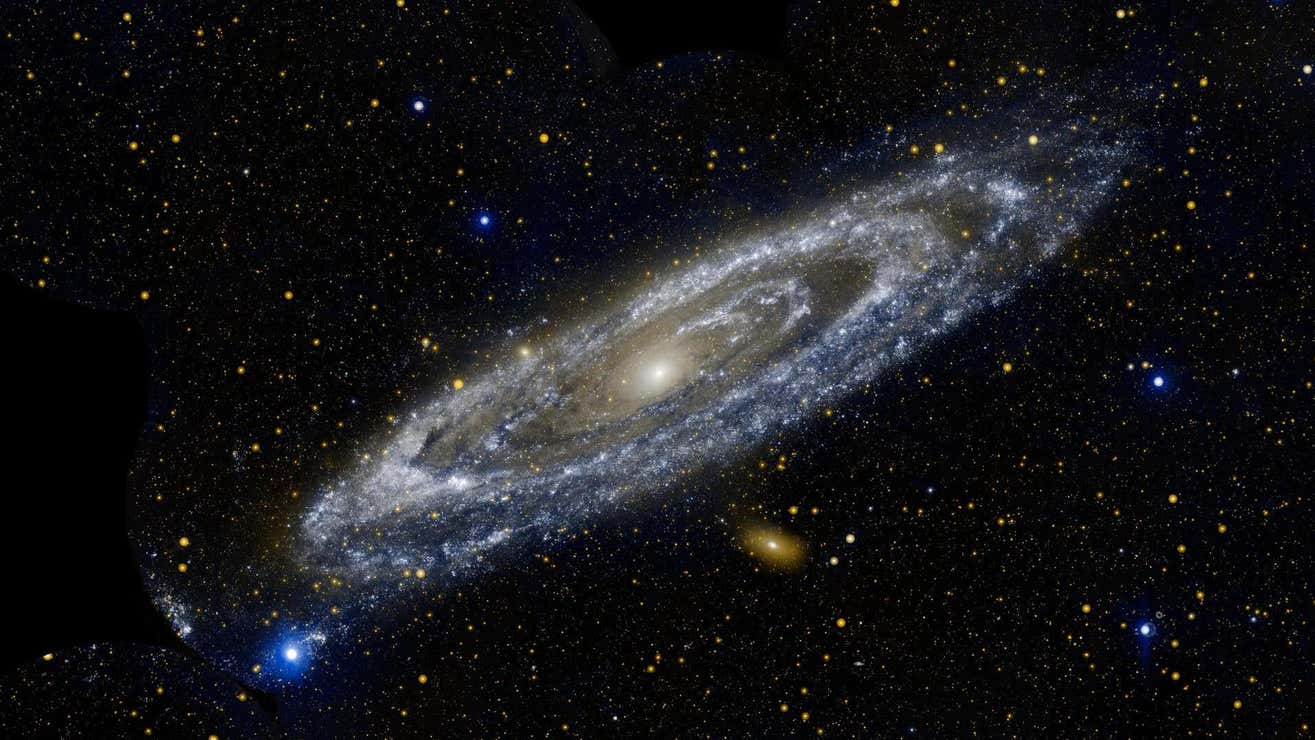daolybd763 wrote: ↑Wed Jan 03, 2024 2:57 am
What is one piece of evidence that the Milky Way is a spiral Galaxy? The location of gas clouds are explained by a spiral pattern. Using the slope of Hubble's law.
How do we know that the Milky Way is a spiral galaxy? Well, let's start by considering the nocturnal scarab beetle, which navigates using the stars:
How does it do it? Does it look up and say to itself, look, there's Orion, I'd better keep it in my sight to find my way home?
No. The scarab beetle navigates by using the light of the band of the Milky Way. To us, and to them, the Milky Way looks like an elongated band of light in the sky.
In the night sky, away from the band of the Milky Way, we can see other, seemingly very tiny-looking, elongated bands of light. This one is called NGC 4565:
NGC 4565 is an edge-on galaxy that is some 30 to 50 million light-years away. You can see that NGC 4565 is "split" by a dark lane running all the way along the middle of its disk. Well, the light of the Milky Way shows a dark band along its middle, too:
We can't really see what the Milky Way looks like, because not only are we "in the middle of it", so that we can't get a full overview of it - for example, we see some things very clearly because they are close to us, and other things look insignificant because they are far away - but we also see the Milky Way almost perfectly edge on, just like we see NGC 4565.
So we can't easily tell what is near and far away from us when we look at the band of the Milky Way. But worse, we see our home galaxy almost exactly edge on, just like we see NGC 4565. From this position we can't see any spiral arms. But we can look at other galaxies that are highly inclined, but not exactly edge-on, and actually see their spiral arms:
Look at the picture of NGC 7331. Note that you can actually see the endings of what looks like at least three spiral arms in the lower part of the image.
And consider our large neighbor, the Andromeda galaxy:
Even though Andromeda is rather highly inclined, we can indeed see the spiral pattern in it.
But let's ask ourselves another question. If we had lived inside an elliptical galaxy, what would our night skies have looked like? Consider this illustration of what the night skies might have looked like inside globular cluster 47 Tucanae:
Inside globular cluster 47 Tucanae. Credit: William Harris/Jeremy Webb.
In the picture at left, which attempts to show what the night sky inside globular cluster 47 Tucanae would look like, you can see what looks like dust lanes in the globular. They are actually background dust lanes in the Milky Way, not dust lanes inside 47 Tucanae itself.
We can't really compare the view inside a globular cluster with the view inside an elliptical galaxy, but I'd say that if we were well inside an elliptical galaxy, the sky would be relatively milky "all over". However, we would definitely see a great brightening towards the center of our galaxy, because there would be little or no dust hiding the center of the galaxy. If we were in the outskirts of an elliptical galaxy, we would see a large blob of light in the night sky with a bright center.
In short, if we lived inside an elliptical galaxy, our night skies would look different than they do now.
Ann











